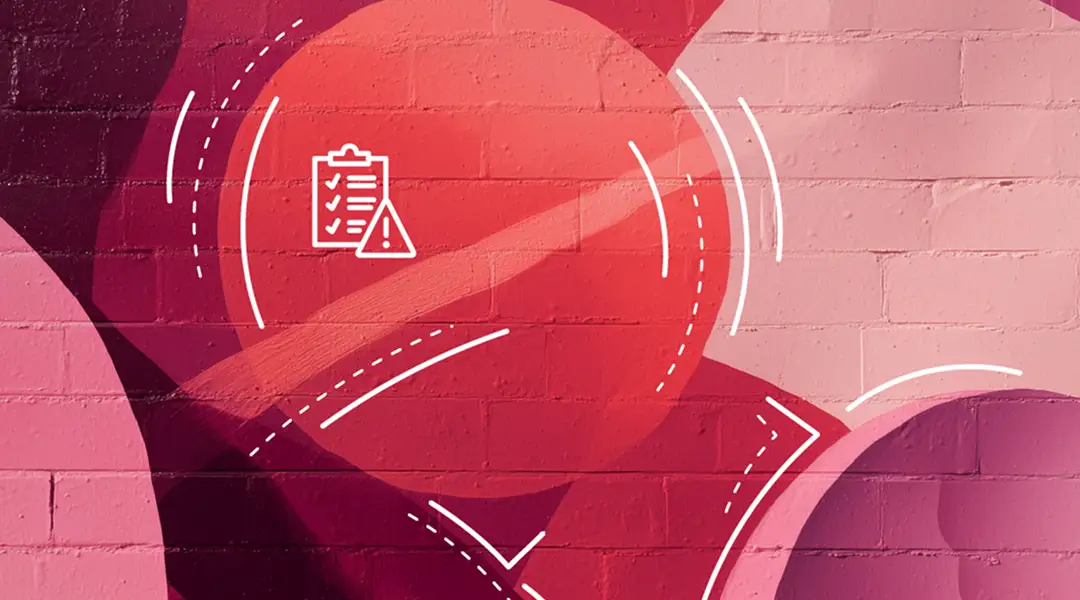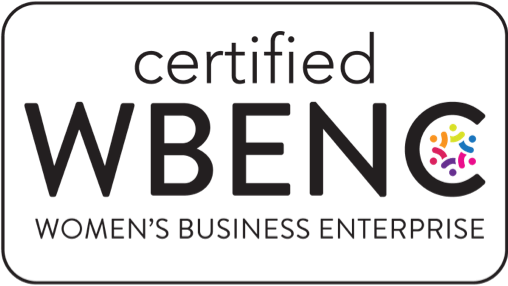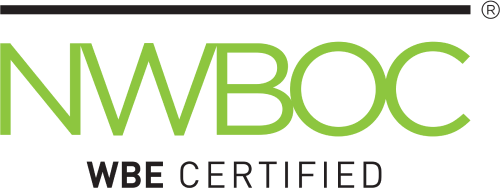Case study: Emergency management
Building a future-proof workforce readiness operating model to build a mission-ready staff

Table of contents
Burnout and retention challenges were increasing among a federal emergency management agency’s 15,000-member disaster workforce as workloads grew. Leaders knew that addressing these issues required an operating model transformation. The focus? Shifting its workforce readiness approach from mission-first to people-first. This meant supporting more structured recruitment, development, deployment, and support practices to make the workforce more resilient. Eagle Hill helped design and implement the agency’s first-ever workforce readiness operating model. It has become so deeply embedded in the agency’s day-to-day that the model has delivered lasting cultural and operational changes.

Goal
Deliver a sustainable future-proof workforce readiness operating model so the agency can effectively recruit, train, deploy, and support a mission-ready workforce despite increased operational demands.
Unconventional consulting—and breakthrough results

disaster workforce impacted by the new model

initiatives designed to improve readiness

of reservists understood the new model
The challenge: Addressing the workforce impact of increasing operational demands
Rising mission demands, unpredictable deployments, and limited support for rest and professional development were straining the agency’s disaster workforce. Addressing these issues had mission impacts, and it was clear there was a need for a new workforce readiness operating model. However, the new model had to address people’s needs while maintaining operational readiness. It also had to be structured to scale and deliver long-term results. The multiple requirements would be a difficult balance to strike, but we knew it could be done with thoughtful planning and implementation.
The roadmap to success: Designing and operationalizing comprehensive workforce reform
The success of this sweeping transformation hinged on agency-wide coordination, sustained execution across multiple phases, and organizational cultural change. Working closely with the agency from design through implementation, we followed several core principles:
Put the whole person first. We focused on cultivating a workforce with the right skills to meet mission requirements, while simultaneously supporting employees’ professional goals. By taking into account employee goals and professional desires, we led with a “people first” mentality.
Engage stakeholders often. We worked with employees and leaders to understand workforce challenges, developed a comprehensive communications strategy for every phase, and checked in regularly to track progress on the new workforce readiness model.
Considered workforce culture during implementation. We embedded the new workforce readiness operating model into agency culture as part of a comprehensive change management strategy for both leaders and employees.
Grounded in these principles, we worked with the agency across three distinct phases:

Design a future-ready operating model
We followed a collaborative and data-driven process to design the new model. Our team engaged more than 30 stakeholder groups from different offices, regions, and external partners to identify workforce gaps. We conducted leadership offsites to collaboratively design the future state vision. The team also established cross-functional working groups to lead changes.

Operationalize a mission-ready workforce readiness operating model
For the new operating model to be successful, we knew the importance of having a strong change management approach. Without one, the future-ready operating model would not achieve its goals. After developing a change management plan that puts people first, we developed materials for implementation. We created launch toolkits, templates, governance, and stakeholder engagement plans to execute the operating model change. Our team partnered closely with the working groups, providing project management and facilitation support. We created a “devolution guide” to transition ownership from temporary teams to permanent operational leads that includes success factors, resourcing strategies, communications plans, and timelines.

Sustain the change through program management and tracking impact metrics
We strengthened the long-term impact of the model. As part of this work, we created a program management office to oversee the transformation and facilitated more than 20 “leadership days” to drive top-down change. We also convened the working groups through program reviews to troubleshoot and realign efforts as necessary. A multi-year strategic roadmap and performance dashboard helped the agency track impact.
The path forward: Embedding workforce readiness into agency DNA
Shifting operational demands are a natural part of emergency management. With a workforce readiness operating model in place, the agency can adapt to these demands in powerful new ways. Staffing is proactive, not reactive. For example, we created and rolled out an availability model for reservists based on working group recommendations. As a result, reservists can plan for anticipated leave and improve operational resilience, and the agency now knows which reservists can be deployed at any time.
The new operating model spurred other reforms including mentoring structures, policies for rest and recovery, and the tools to operationalize them. Now, the agency doesn’t have to choose between readiness and resilience. It can prioritize its people while delivering the mission, even as demand grows.


